Grand Tour: Astronomer Spots 8 Planets in a Single Night (Photos)
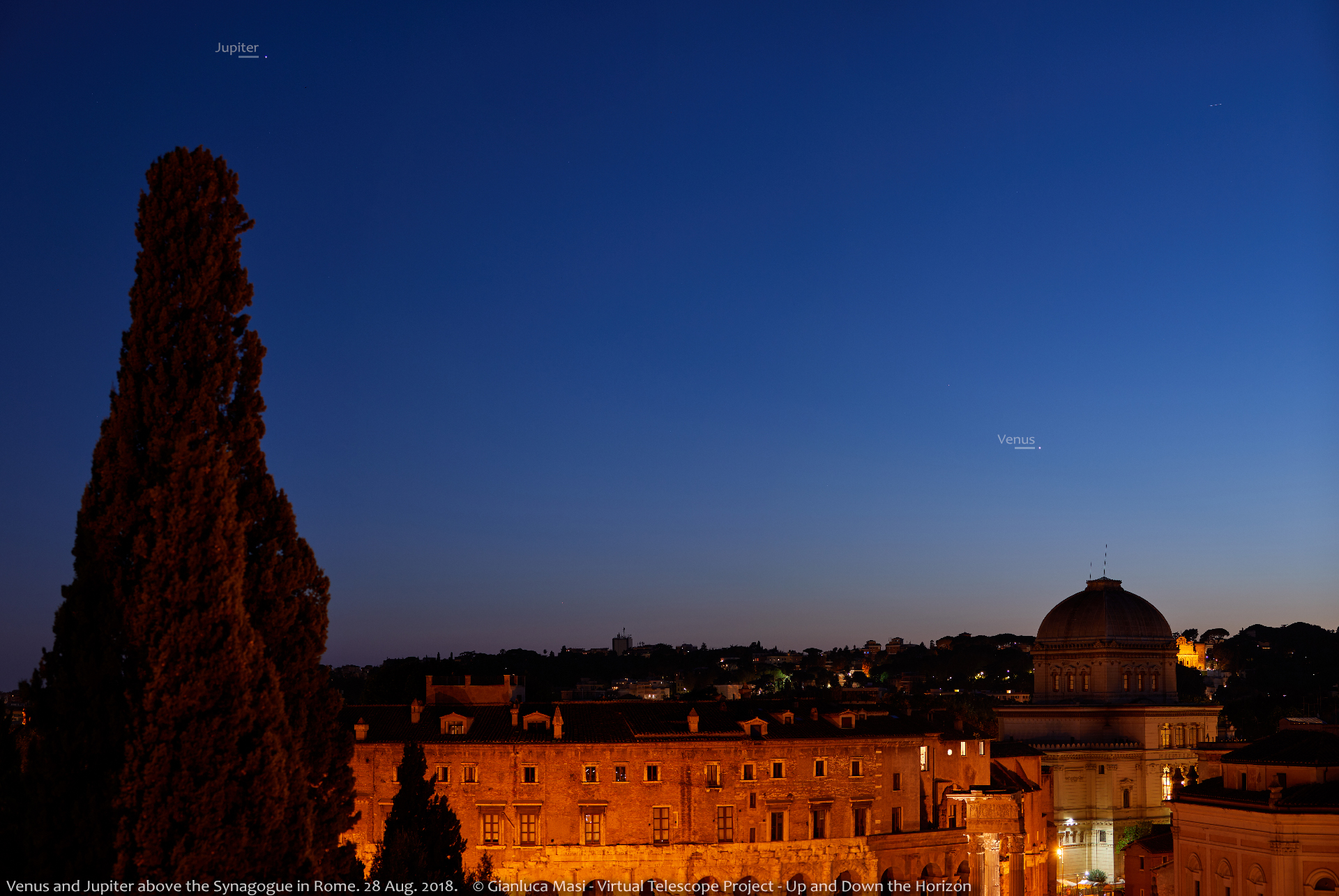
You may know your way around the night sky, but you've likely never pulled off anything like this.
Italian astronomer Gianluca Masi, the founder and scientific director of the online Virtual Telescope Project, managed to photograph all eight of the solar system's officially recognized planets in a single night. (Sorry, no Pluto — the International Astronomical Union reclassified the former ninth planet, which is quite difficult to spot from Earth, as a "dwarf planet" in 2006.)
Masi had been thinking about attempting this ambitious feat for decades, he wrote in a blog post Wednesday (Aug. 29). [Our Solar System: A Photo Tour of the Planets]
"And I did it last night, in a very special way: I imaged all of them from Rome, including amazing monuments of the Eternal City in my images," Masi wrote. "It was hard, but it was fun!"
He started just after sunset on Tuesday (Aug. 28), snapping Venus and Jupiter shining in the twilight sky above the Great Synagogue of Rome. (You can see this shot at the top of the page.)
"Looking at them was amazing, with the colors of the sky rapidly changing, while the sun was sinking deeper and deeper below the horizon," Masi wrote. "First two planets secured! Easily and safely, I would say."
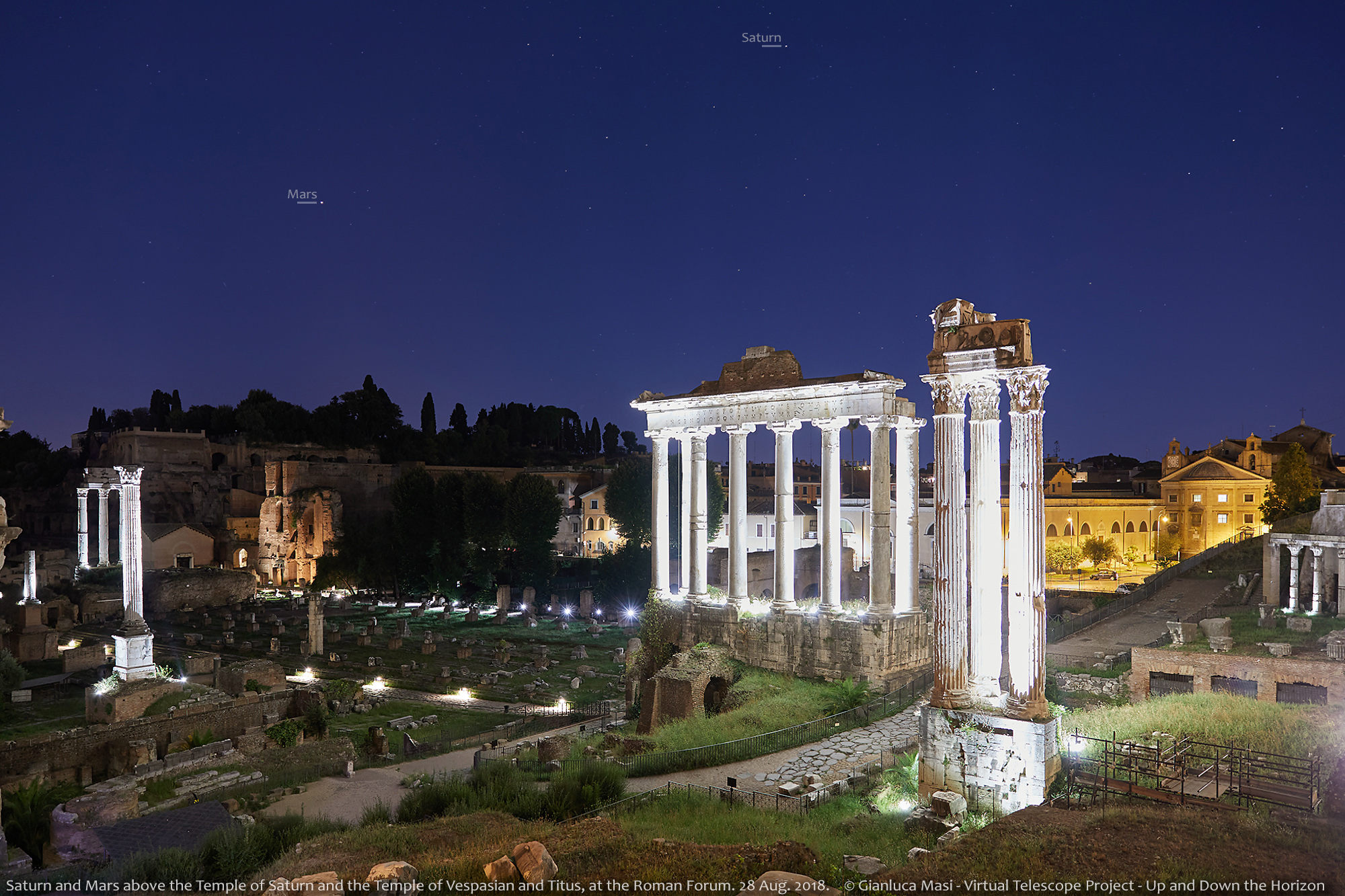
Up next were Saturn and Mars, which the astronomer bagged with the famous Roman Forum in the foreground. Appropriately, he managed to get the Temple of Saturn (as well as the Temple of Vespasian and Titus) in the shot, Masi wrote.
Get the Space.com Newsletter
Breaking space news, the latest updates on rocket launches, skywatching events and more!
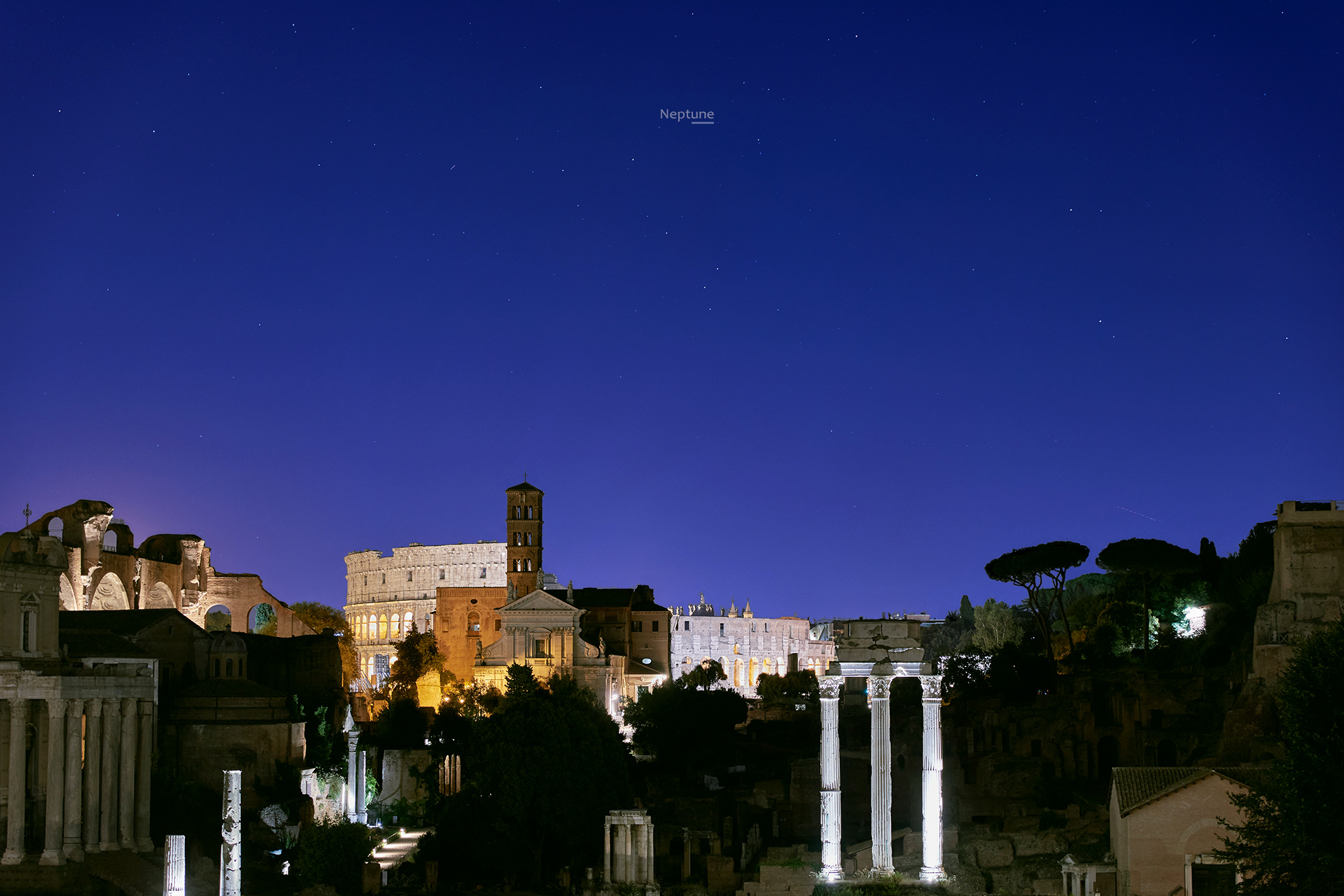
Then came Neptune, the most distant of the eight targets. The ice giant orbits 30 times farther from the sun than Earth does, completing one lap every 165 years. Masi wanted an iconic landmark in the image with the difficult-to-capture Neptune, so he photographed "the other blue planet" above Rome's ancient Colosseum.
"I took 10 images, then I averaged them to increase the quality of the weak signal of Neptune, and I must admit it worked very well," Masi wrote.
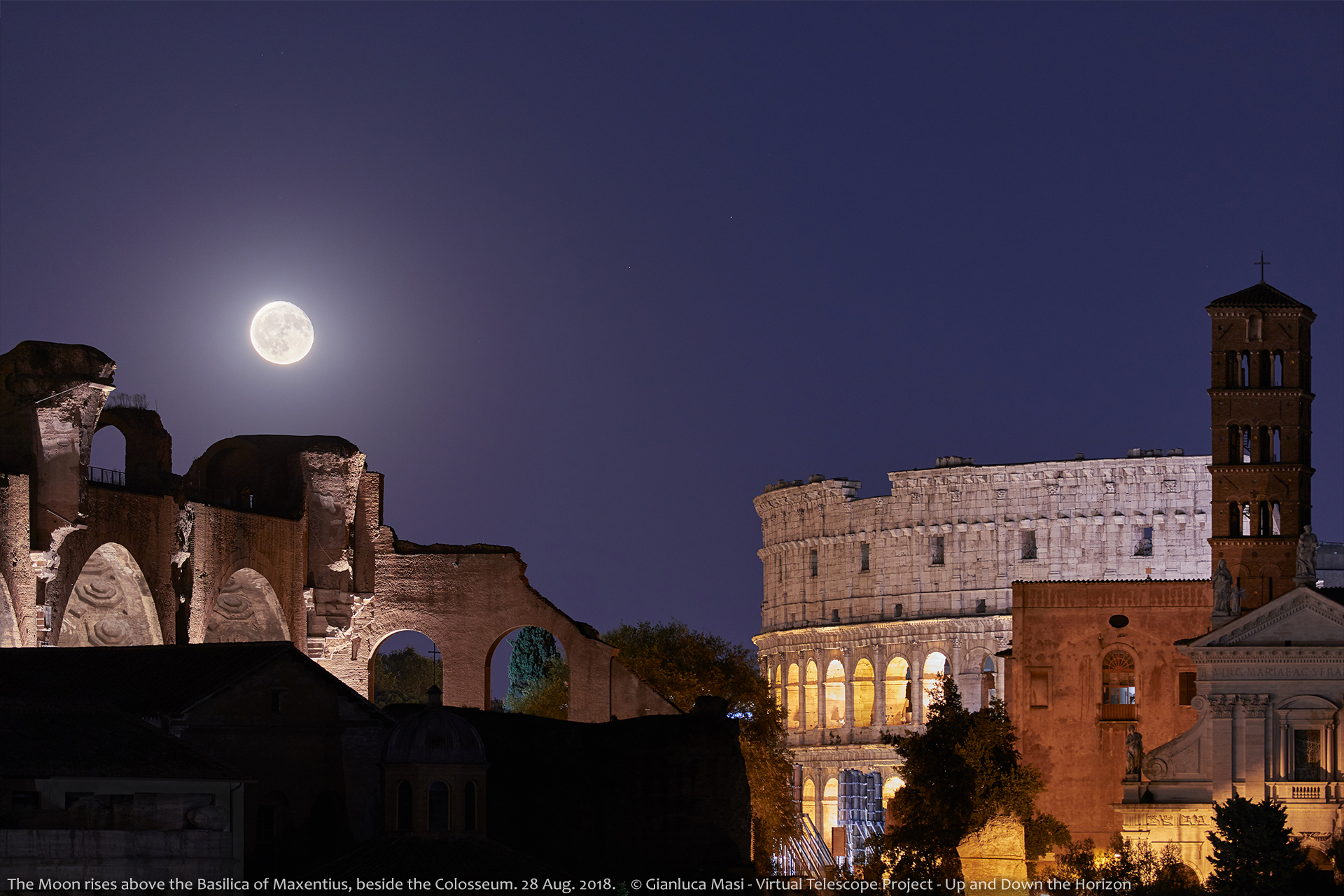
Masi then checked off a quarry that wasn't technically on the list, capturing the moon as it rose behind the Basilica of Maxentius. The Colosseum also features prominently in this shot.
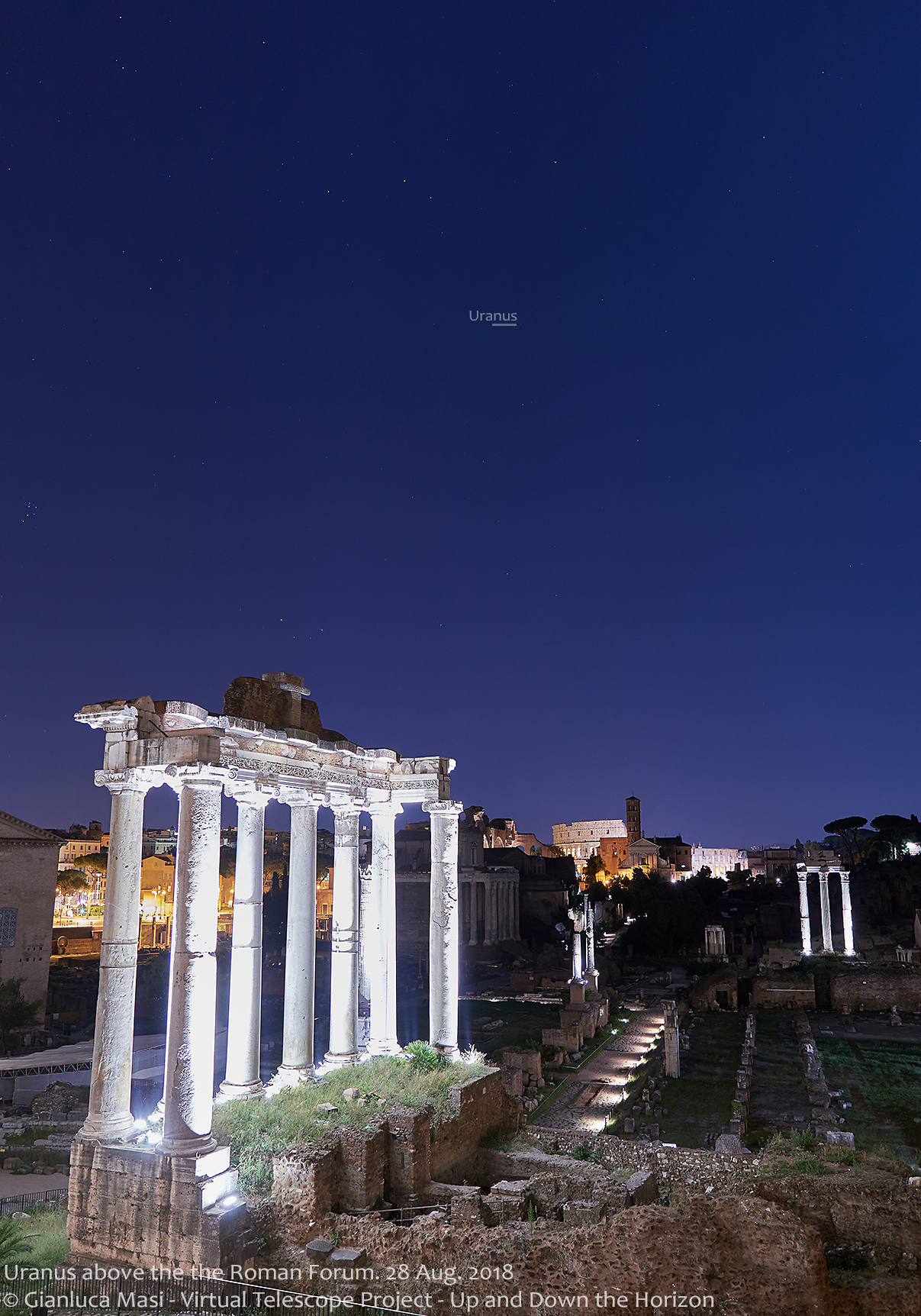
Masi had some time to kill before his next target, Uranus, rose above the horizon. So, he went for a walk and also headed home to grab a snack before returning to the Forum. He captured Uranus from there, averaging three images together to generate the final photo of the seventh planet from the sun.
That left only Mercury. (If my planet counting seems off, remember: Earth features prominently in all of these photos.) The innermost planet wouldn't be visible until just before sunrise, so Masi returned home, this time nabbing a few hours of much-needed sleep.
Then, he headed out again, this time to the Janiculum, a hill in western Rome that provides a panoramic view of the city. Masi spotted Mercury from there, bringing the project, and his long night, to an end.
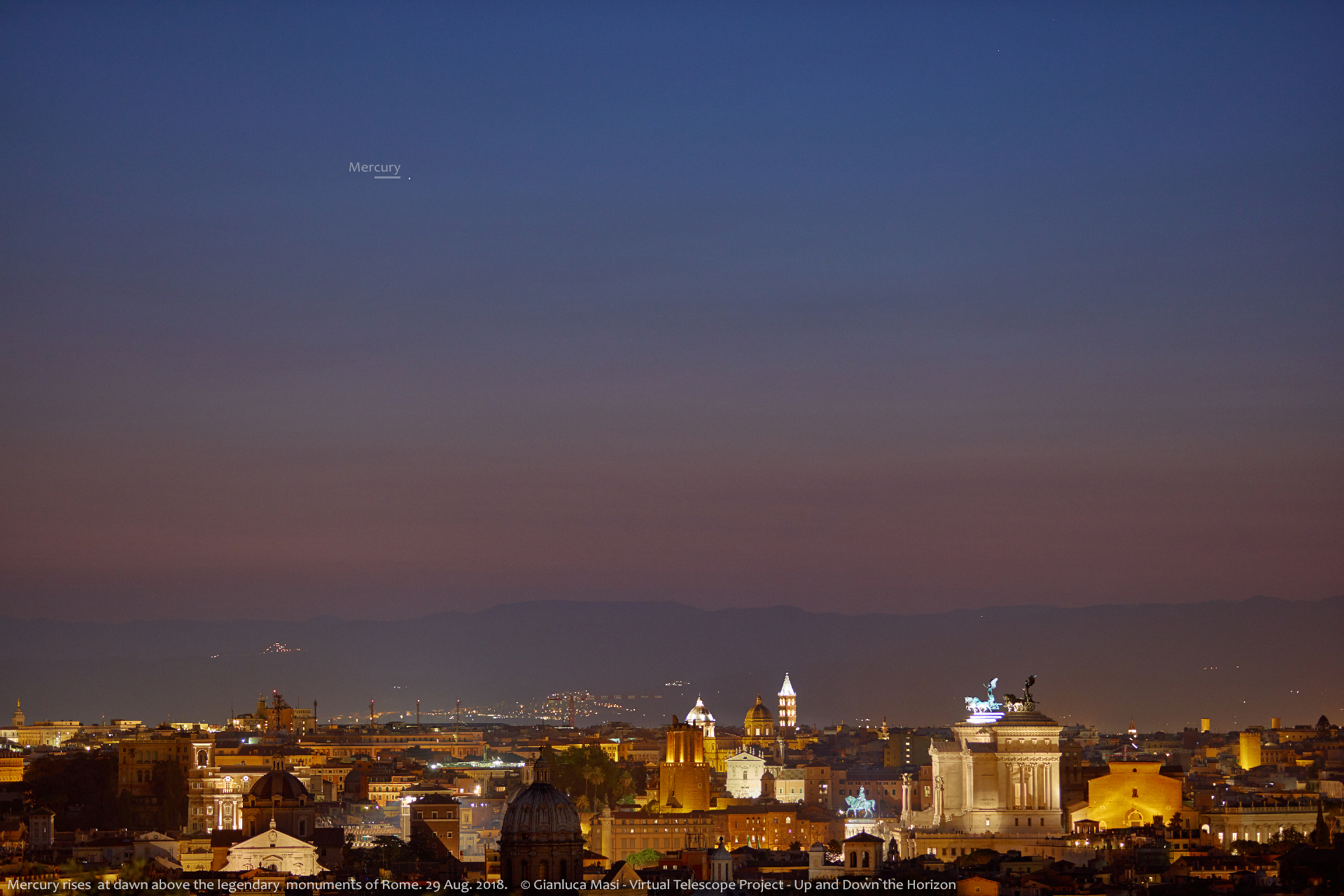
"I can say that living this experience was amazing, one of those things leaving great memories and feeding our love for the cosmos and beauty," he wrote.
Masi also stitched the components of his planetary gallery together, creating a single shot that encapsulates his experience. That seems like a good one to end on:
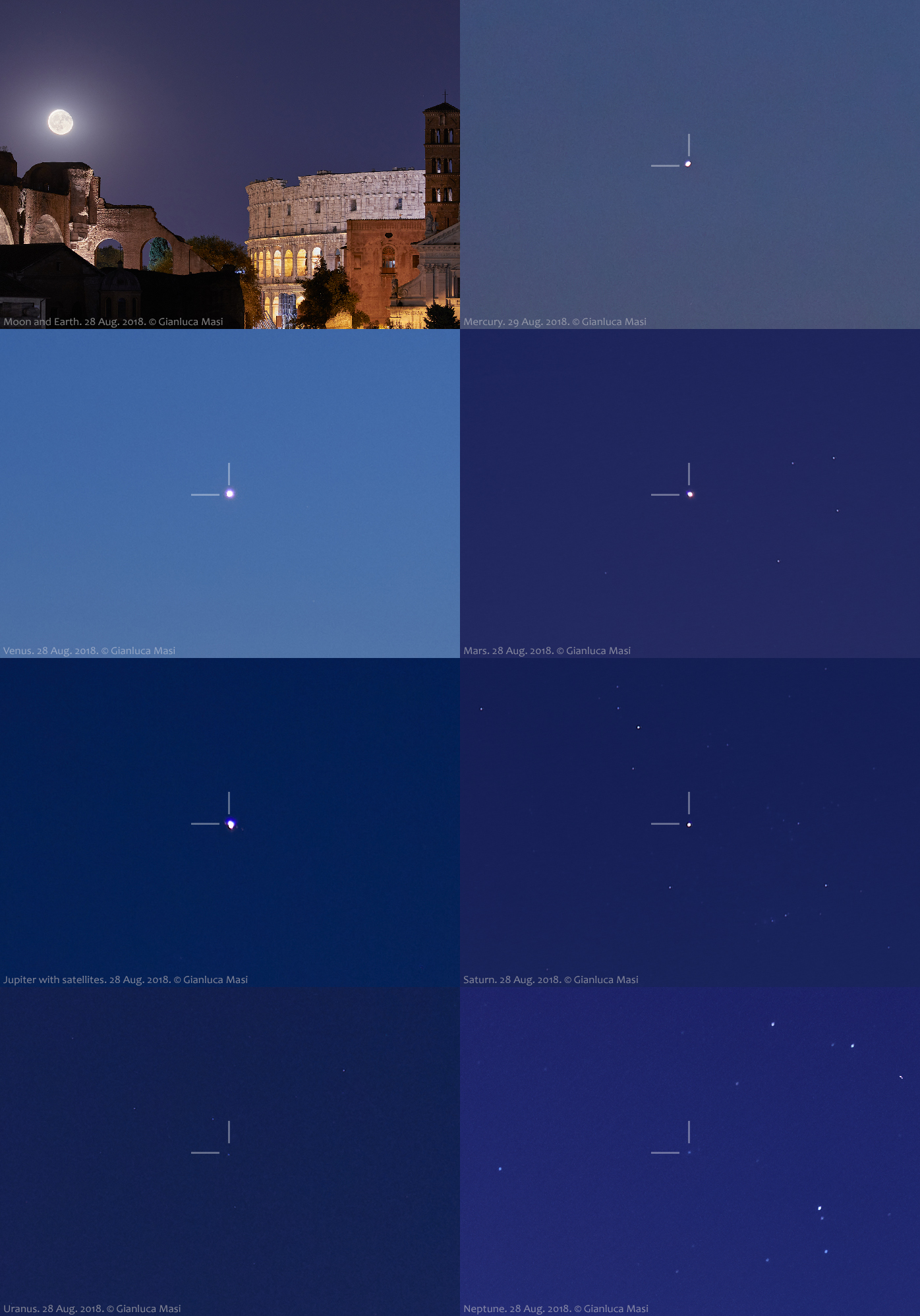
Editor's note: If you captured an amazing astronomy photo and would like to share it with Space.com for a story or gallery, send images and comments to managing editor Tariq Malik at spacephotos@space.com.
Follow Mike Wall on Twitter @michaeldwall and Google+. Follow us @Spacedotcom, Facebook or Google+. Originally published on Space.com.
Join our Space Forums to keep talking space on the latest missions, night sky and more! And if you have a news tip, correction or comment, let us know at: community@space.com.

Michael Wall is a Senior Space Writer with Space.com and joined the team in 2010. He primarily covers exoplanets, spaceflight and military space, but has been known to dabble in the space art beat. His book about the search for alien life, "Out There," was published on Nov. 13, 2018. Before becoming a science writer, Michael worked as a herpetologist and wildlife biologist. He has a Ph.D. in evolutionary biology from the University of Sydney, Australia, a bachelor's degree from the University of Arizona, and a graduate certificate in science writing from the University of California, Santa Cruz. To find out what his latest project is, you can follow Michael on Twitter.









